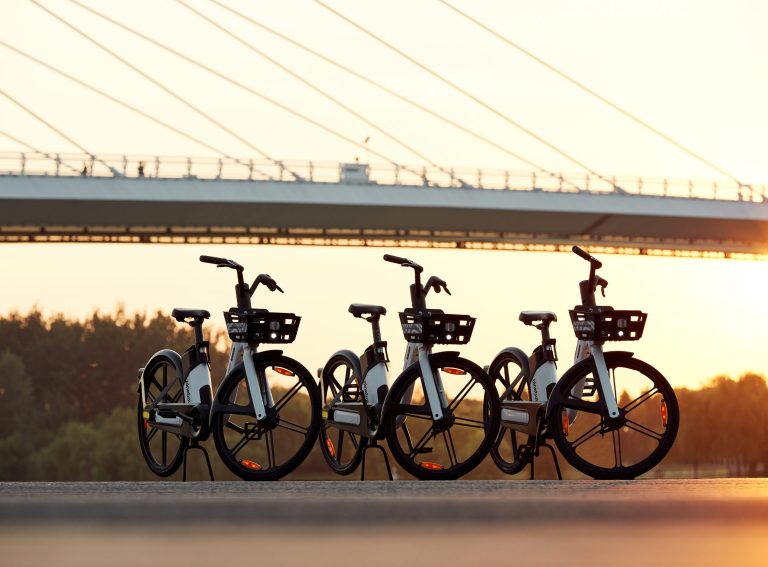Author: Tobias Persson, News Desk Manager at Voi Technology.
Cities are growing before our eyes, and 72% of the global greenhouse gas emissions can be attributed to urban areas, where 55% of the population lives.
By 2050, nearly 70% of the global population will live in urban areas and, in less than 10 years, the world will have 43 megacities, defined as places with more than 10 million inhabitants.
Cars are a major cause of the carbon emissions warming our planet, in particular when taking the climate cost of manufacturing into account. Cars are a great invention, but with around 1.4 billion cars on earth and forecasts of two billion cars by 2030, in parallel with the growth of our cities, it’s clear that we need to start thinking and acting differently.
Micromobility frees up space for living
Cities have a particular responsibility to take transformative actions that will cut emissions, and this also presents them with unique opportunities. Voi was founded with a vision to create cities made for living. We believe that providing shared transport and, in particular, micromobility alternatives to private cars is essential if we are to use our natural resources more efficiently, cut carbon emissions, reduce air pollution and eliminate stress-inducing noise. It is even more significant, however, that micromobility provides opportunities to free up space for living and, consequently, we can turn one of the biggest challenges facing humanity into a positive and exciting journey for citizens.
Voi’s vision statement
We have just released Voi’s ‘Cities made for living vision statement’, in which we substantiate our company’s vision and further articulate the end goal of the micromobility movement: to reinvent public transport for a future of shared mobility.
Our vision has been supported both by research and urban design illustrations of reimagined iconic streets across Europe, which we have collaborated on with Danish-based JAJA Architects.
The work with the vision statement was led by me but has involved many employees across Europe, including the executive team. Voi has collaborated with a team from JAJA Architects, led by Robert Martin, Head of Mobility. Each of the renders in the eight cities involved collaboration with Voi’s local operations teams as well as regional experts.
Shared micromobility has taken towns and cities by storm. Millions of people have found a new way to move sustainably in urban areas and, importantly, they are not only actively using micromobility as an alternative to cars, but also as a complement to public transport.
This rapid transformation in the way we travel is being recognised by leading forums and thought leaders such as the OECD (Organisation for Economic Co-operation and Development), who recently said that politicians should support a mainstreaming of shared micromobility. In addition, the UN climate panel IPCC, in its Climate Change 2022 report, recently concluded that shared mobility systems as a whole can be considered a “part of public transport systems in so far as it is accessible to most transport users and does not require private asset ownership”.
Growth comes with challenges
With all the exciting new opportunities that we are witnessing in the shared micromobility sector, it’s important to acknowledge that this growth has also come with challenges. With a new lightweight mobility mode entering towns and cities, we’ve seen concerns around safety and irresponsibly parked vehicles cluttering footpaths. We as an operator, as well as our peers in the industry, have a huge responsibility to ensure that our service is safe and that our riders behave responsibly. However, the future we work towards is not possible without close collaboration between the public and private sectors, to offer education on safe traffic behaviour and adapting infrastructure for new mobility. Together we can build the sustainable cities of tomorrow.
The International Transport Forum aligns with our vision, saying that cars take up much more space in cities than their modal share and that redistributing space from cars can make towns and cities safer for pedestrians, cyclists and e-scooter riders. Learnings from cities across Europe also make it clear that shared micromobility needs to be regulated through procurement processes, to foster public-private partnerships in developing future public transport systems.
Technological development has made it possible to connect thousands of vehicles in shared mobility systems. Entrepreneurs have risen to the challenge and continue to develop technology that allows us to put shared vehicles on the streets. Now we need to work together with cities and governments to get the right legislation in place that will empower us to reclaim our streets from cars. Step by step we can work towards achieving cities made for living.











